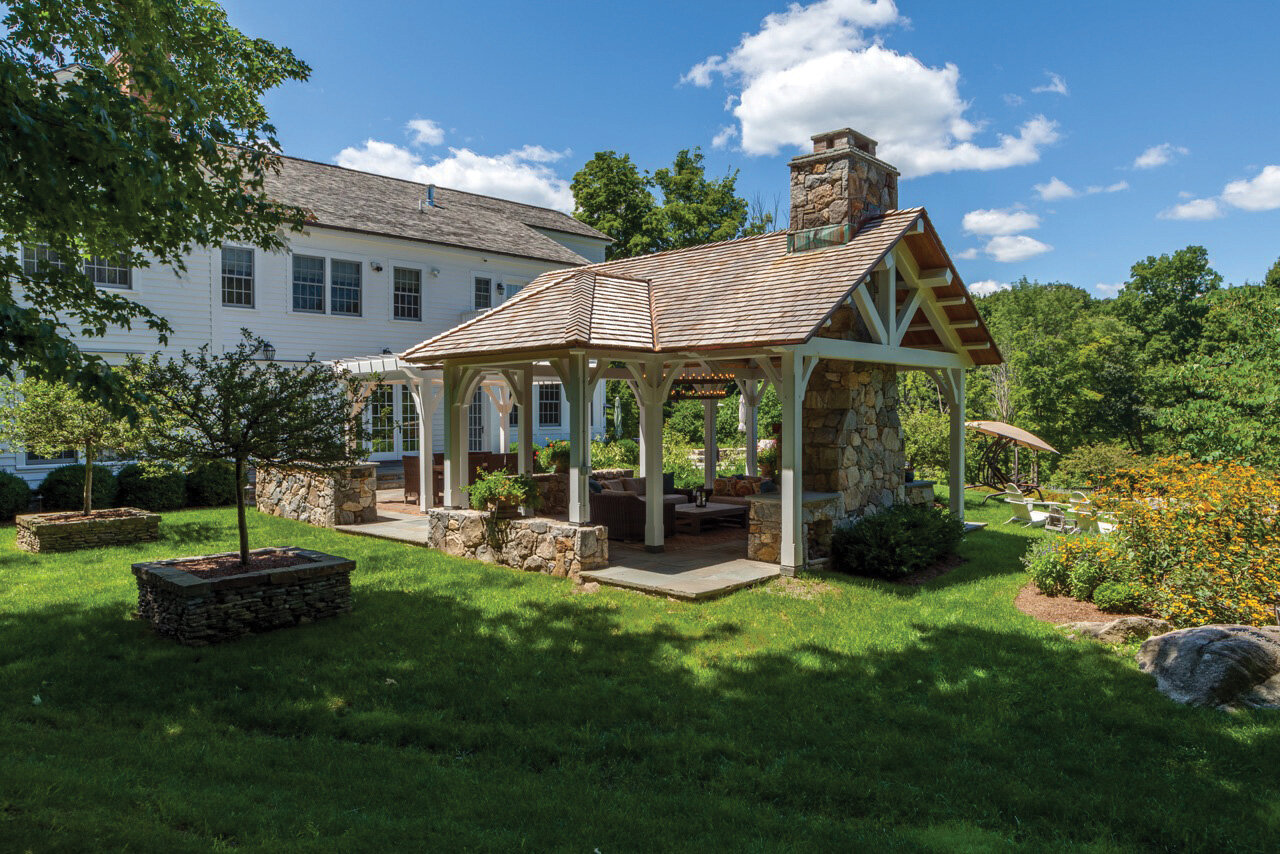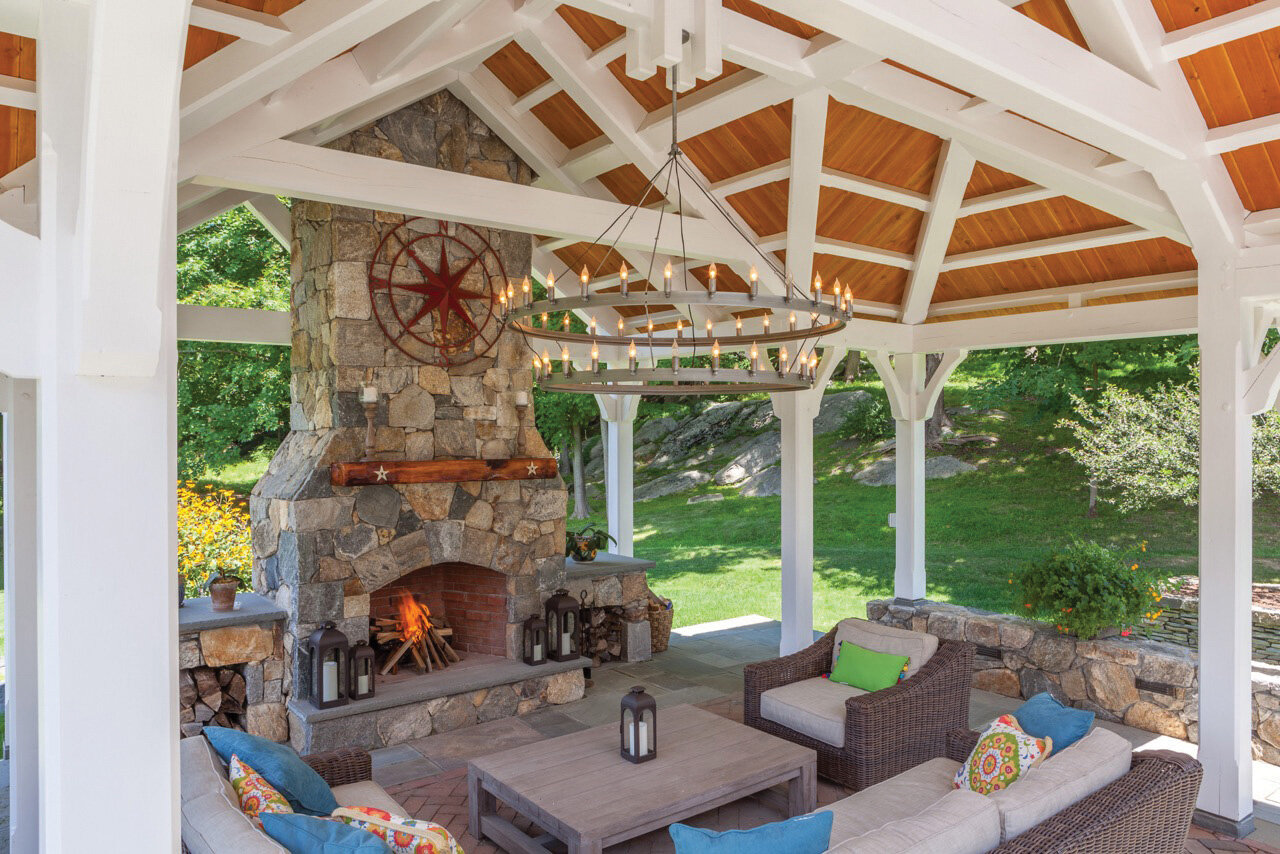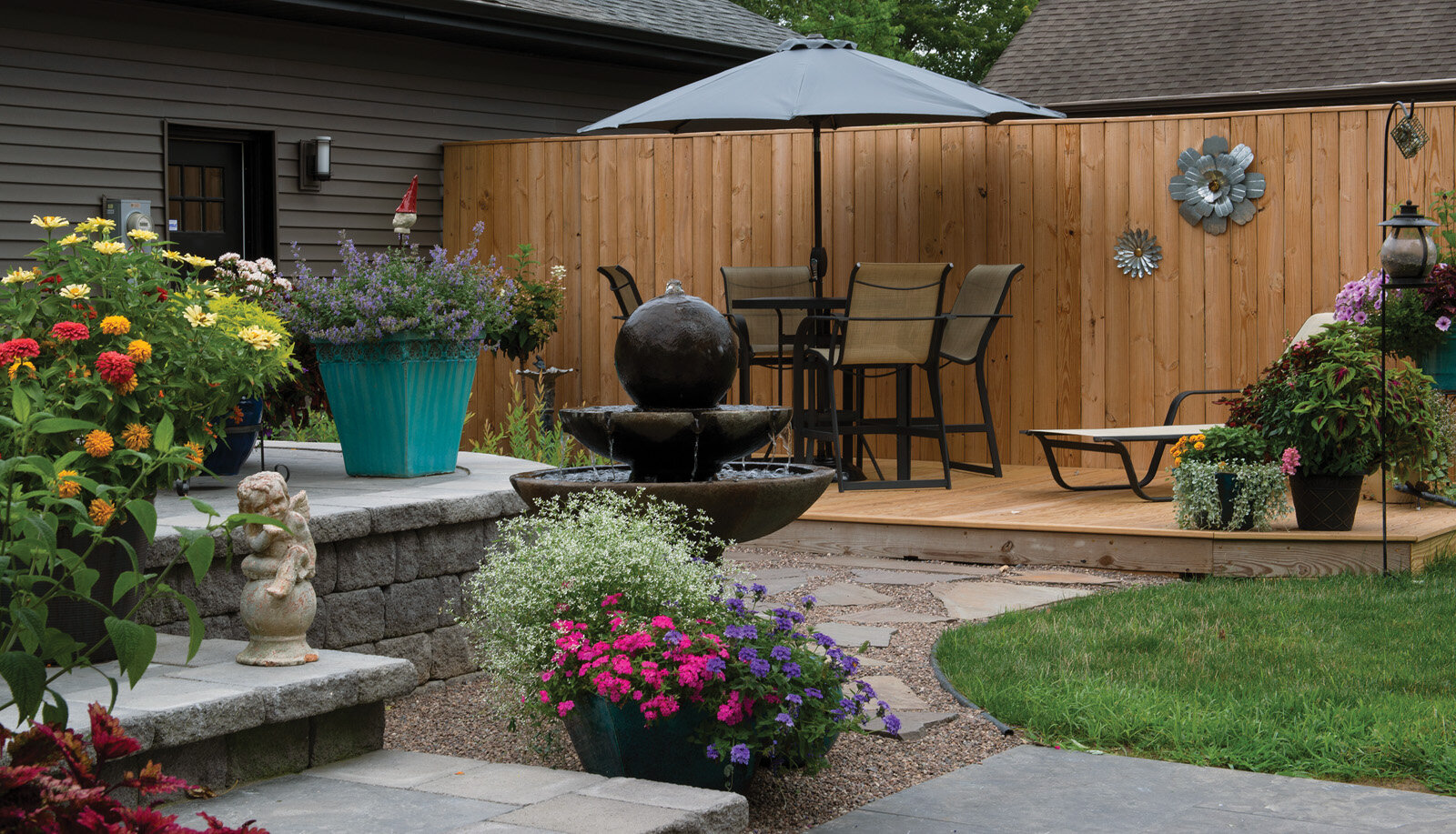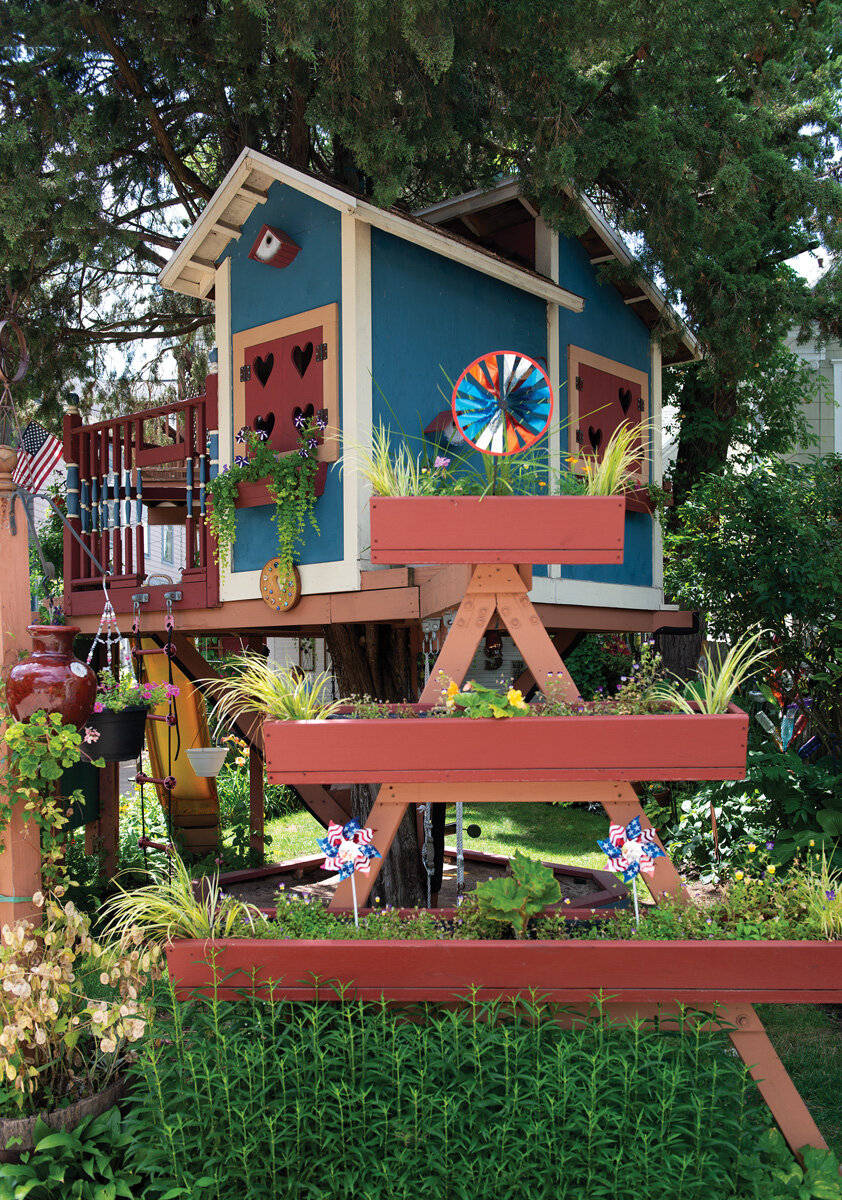Take it Outside
Spending time outside feels good. It improves health and boosts creativity. It also explains why we continue to eagerly expand our dwellings into the outdoors.
Outdoor living spaces are the transitional boundary between the reliability of a regulated indoor environment and wild, natural places. These special spots overlay the controls of good design on top of what we love about being outside.




Design Resources
Establishing Boundaries
With a roof overhead and walls, interior spaces give design elements clear parameters. Outside, these boundaries are removed. The sky stretches infinitely overhead and walls appear as a fence, a forest’s edge, or not at all. Determining borders for an exterior “room” becomes part of the outdoor challenge and allure.
“You want some level of shelter and definition,” says Design Build Manager and licensed architect with New Energy Works, Ty Allen. “The question is how much.”
Context is key. What is required to create the right amount of shelter, how a space is grounded, and how you move from the space to its surroundings are part of the calculus of an outdoor space’s accessibility, usability, aesthetics, and ability to serve its purpose. A stone terrace for entertaining or cooking is treated much differently than a remote spot designed for peaceful contemplation and privacy.
When considering permanent structures or hardscaping, Allen advises to consider the level to which a space is completely its own style and identity.
Allen says, “Identity depends on the space’s relationship to the main home. An attached screen porch or deck should enhance the style of the house. A separate outbuilding for a gym or personal retreat can carry its own design.”
A timber frame gazebo, designed and built by New Energy Works, illustrates Allen’s point. The wood-shingled roof and crisp white trim for the posts and beams enhance the home’s stately, New England style, an important detail given the gazebo’s proximity to the house. Yet the stone walls and fireplace, embedded beam mantle and post and beam construction give the gazebo a demure, but distinct flair. A walkway covered with a painted white, wood arbor and lined with stone walls connect the home and gazebo physically and visually. The result is an outdoor, sheltered space that fulfills its purpose as an entertainment area by being easily accessible and visually engaging for guests and homeowners.
Dialing in the Details
When considering how to determine the look and feel of outdoor living areas, interior designer, Susie Riessen says, “Keep it varied. Just like inside a home, if every room looked the same it would be dull.”
Riessen recommends combining different surfaces and heights to establish distinct spaces and to provide variety to the views. In her own home, she used natural stone for a raised patio with an awning. A lower level uses the same natural stone and connects to a mid-height hardwood deck with pea gravel embedded with large, natural flagstone.
Making the Escape
Outdoor spaces provide an opportunity to explore other dimensions of your tastes. Graphic designer Sue Hough, makes a living on her creativity. Her yard is evidence of her and her husband, Miro Sako’s playful visions.
Installing a rain guard under the deck of their Victorian home’s upper story apartment established a patio space where Hough and Sako could hang out in all types of weather. For a whimsical touch, they constructed a bottle privacy wall.
An oddball tree had set up residence in the main yard. Instead of ripping it out, Hough and Sako decided to build a tree house around it. By constructing flower boxes for the tree house window and painting it with a jewel-tone teal, it became an aesthetic element as well as a beloved playhouse for their children.
“We have fun with our garden and my husband likes to experiment,” Hough says. “My recommendation is that when you see a cool thing, something different that will look good with your flowers or yard, just try it.”
Both Hough and Riessen advocate adding your personality. For décor, plants and their pots are a great way to bring in color and vertical dimension. Don’t feel obligated to match everything. Hit the consignment and antique stores as well as yard and barn sales to score furniture with interesting textures and styles. Human-scaled elements like a small wall or a sitting stone are perfect nooks. Try using different vessels as pots and using them to define the space.
“Anything you can put dirt in and can drain!” Hough exclaims.
Smaller yards are often bound by fencing. Make perimeter flowerboxes, paint a mural, or add twinkling overhead lights. A pergola or bistro table establish charming places to sit. A hammock can add a peaceful touch; or consider an outdoor shower for a luxurious, little retreat.
Allen balances outdoor philosophy and pragmatism. He says, “The innate drive for human beings to create shelter takes different forms. Outdoor spaces let us be as close to nature as possible but manipulate the space to guard an appropriate level of comfort.”

